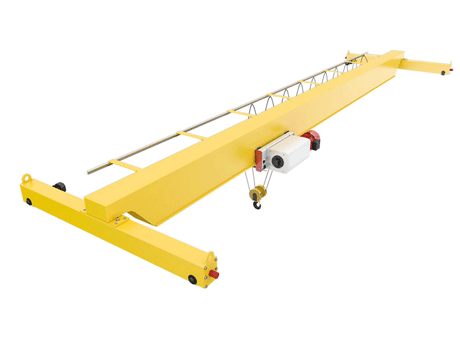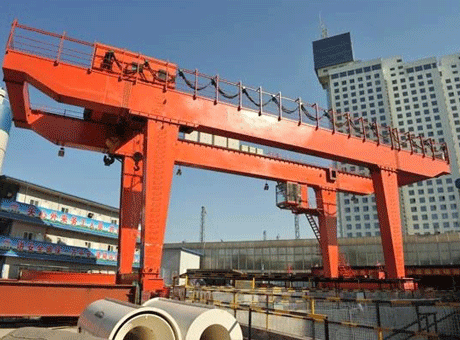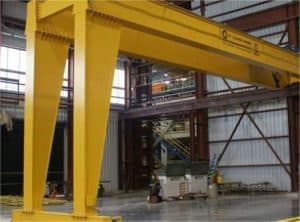Understanding the classification of gantry cranes is more conducive to selecting and purchasing cranes. Different types of cranes also have different classifications. Below, this article will introduce the characteristics of various types of gantry cranes in detail for customers to use as a reference when choosing to purchase a crane.
According to the structural form of the crane gantry frame
According to the shape of the door frame structure, it can be divided into grúa pórtico and cantilever gantry crane.
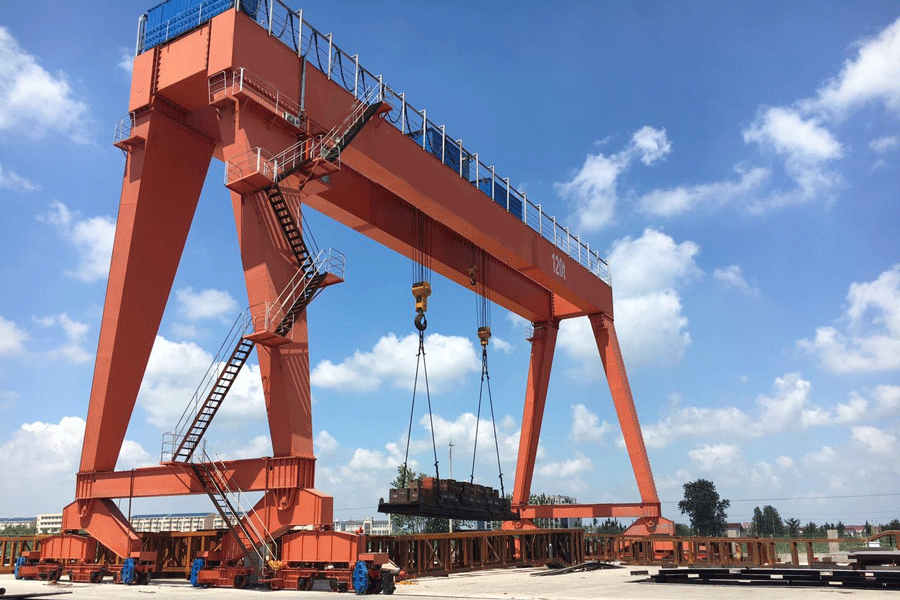
Gantry cranes are divided into:
1. Full gantry crane: the main beam has no overhang, and the trolley moves within the main span.
2. Semi-gantry crane: According to the on-site civil construction requirements, the height of the outriggers varies.
Cantilever gantry cranes are divided into:
1. Grúa pórtico voladiza doble: one of the most common structural forms, its structural stress and effective use of site area are reasonable.
2. Grúa pórtico voladiza simple: Due to site restrictions, this structure is usually selected.
Classification according to the shape and type of the main beam of the gantry crane:
1.Complete classification of single main girder gantry cranes
The single-girder gantry crane has a simple structure. It is easy to manufacture and install, and has a small mass. Most of its main beams are inclined rail box frame structures. Compared with double-girder gantry crane, the overall stiffness is weaker. Therefore, when the lifting weight Q≤50 tons, the span S≤35m.
Single girder gantry crane door legs are available in L-type and C-type. The L-shaped model is easy to install, has good force resistance, and has a small mass, but the space for lifting goods through the legs is relatively small. The C-shaped legs are slanted or bent to provide a larger horizontal space for cargo to pass smoothly through the legs.
2. Complete classification of double main girder gantry cranes
Double-girder gantry cranes have strong carrying capacity, large spans, good overall stability, and many varieties, but their own mass is larger than single-girder gantry cranes with the same lifting capacity, and the cost is also higher.
According to the different main beam structures, it can be divided into two forms: box beam and truss. At present, box-type structures are commonly used.
Classification according to the main beam structure of gantry crane:
1. Truss girder gantry crane
The welded structure of angle steel or I-beam has the advantages of low cost, light weight and good wind resistance.
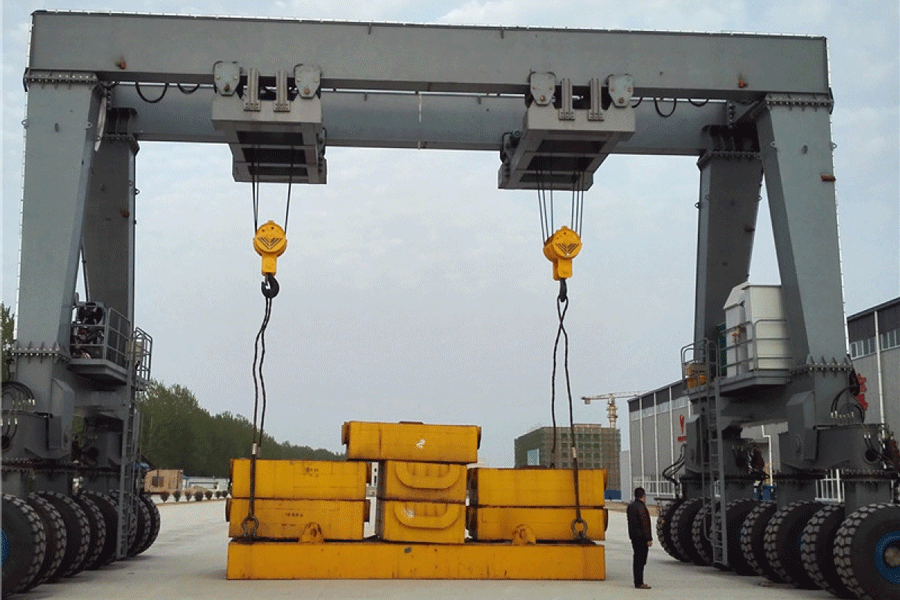
However, due to the large number of welding points, the truss itself has defects. The truss beam also has shortcomings such as large deflection, low stiffness, low reliability, and the need for frequent detection of welding points. It is suitable for sites with low safety requirements and small lifting weight.
2. Box girder gantry crane
The steel plates are welded into a box-shaped structure, which has the characteristics of high safety and high stiffness. Generally used for large tonnage and large tonnage gantry cranes. The main beam adopts box beam structure. Box beams also have the disadvantages of high cost, dead weight, and poor wind resistance.
3. Honeycomb beam gantry crane
Generally called “isosceles triangle honeycomb beam”, the end face of the main beam is triangular, and there are honeycomb holes on both sides of the oblique belly, upper and lower chords. Cellular beams absorb the characteristics of truss beams and box beams, and have greater stiffness, smaller deflection and higher reliability than truss beams.
However, due to the welding of steel plates, the self-weight and cost are slightly higher than those of truss beams. Suitable for frequent use or heavy lifting sites or beam sites. Because this type of beam is a proprietary product, there are fewer manufacturers.








